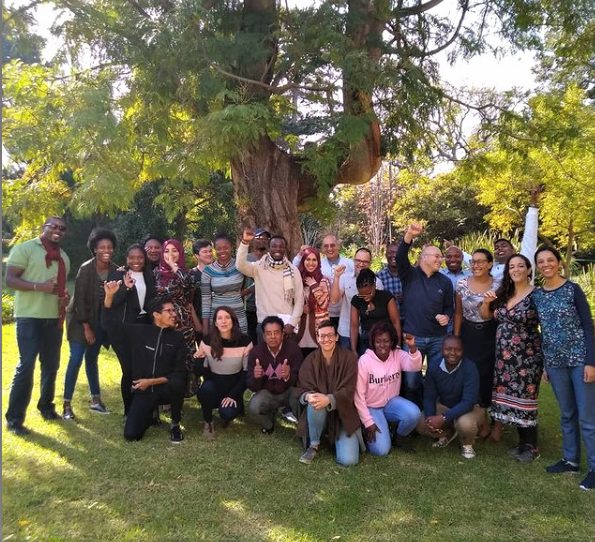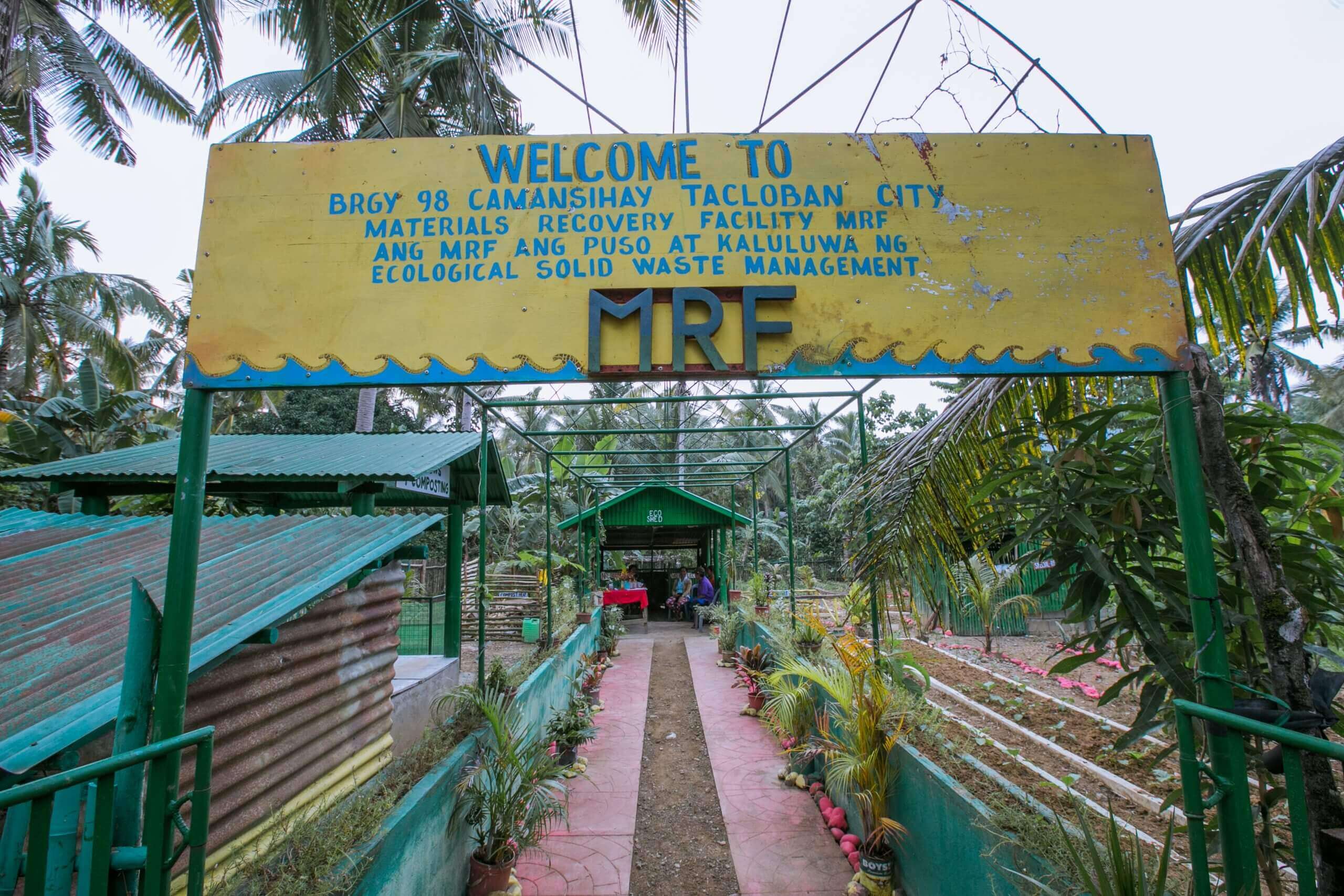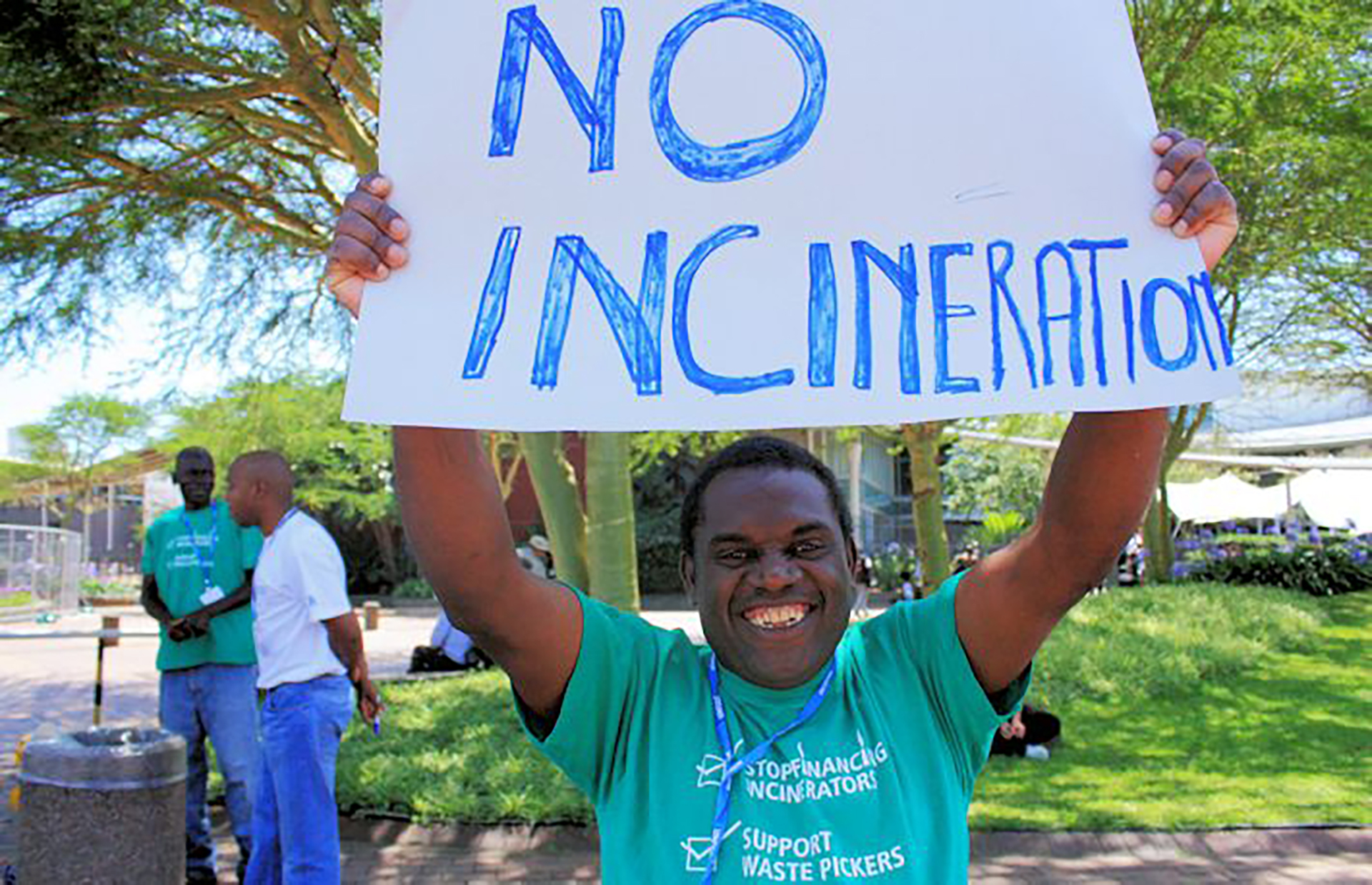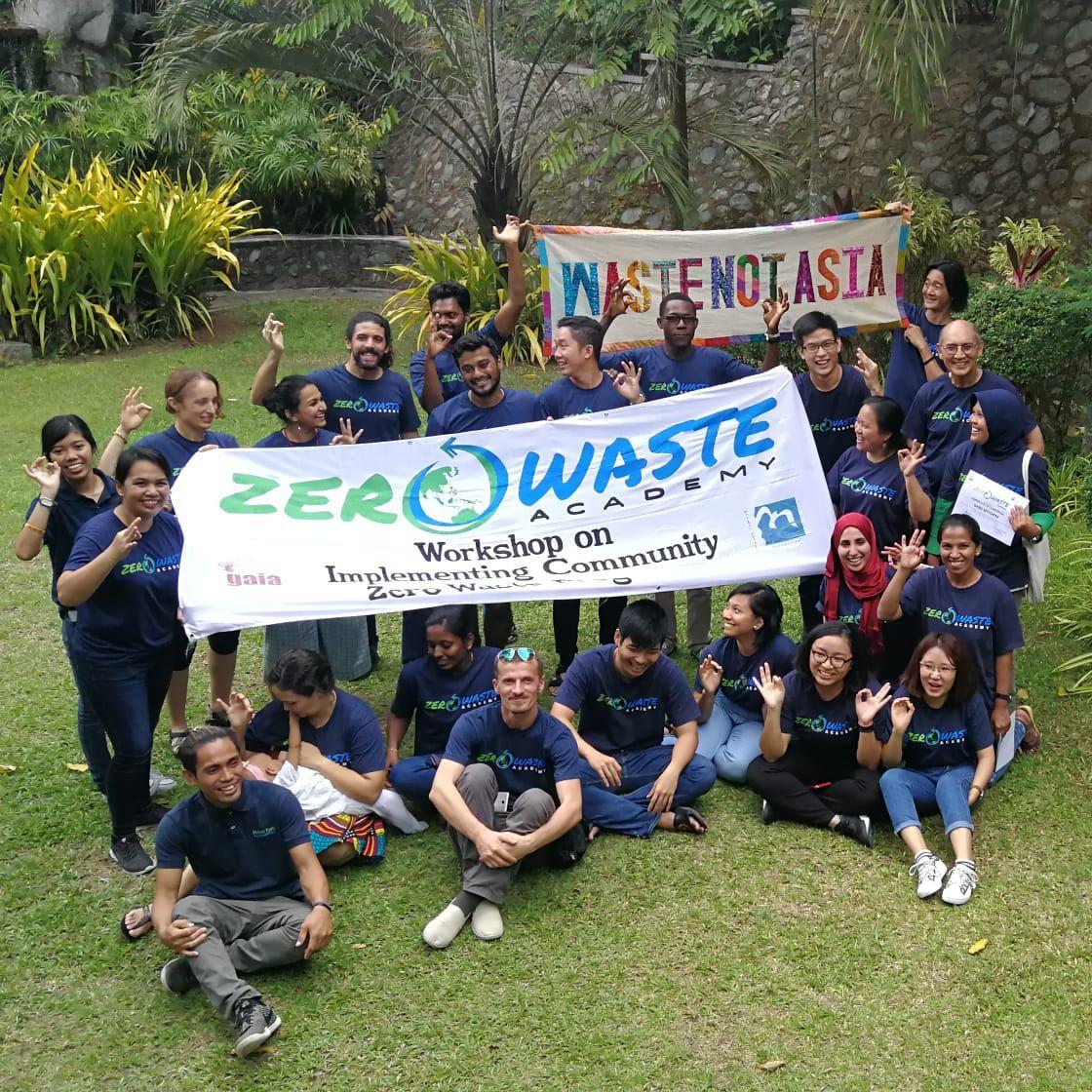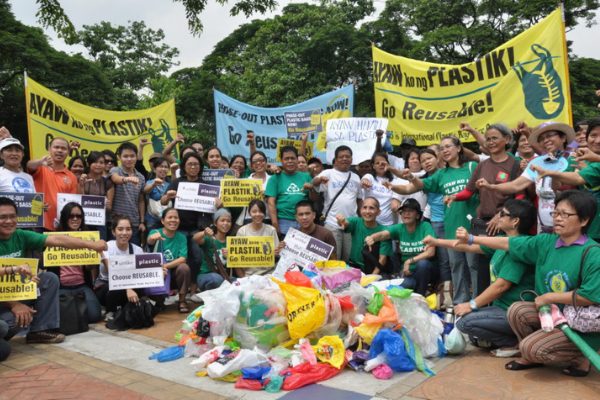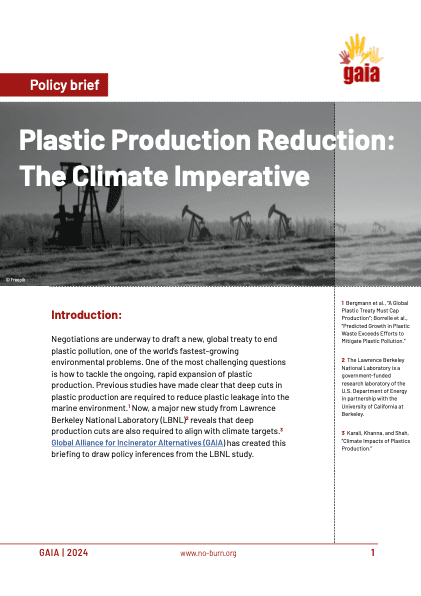La transición de una economía supeditada al plástico hacia una economía circular de basura cero requiere una efectiva movilización y asignación de recursos financieros.
Reducing, reusing, and recycling municipal waste is one of the easiest and most effective means of reducing greenhouse gas emissions. It also provides gainful employment to millions of people in the developing world, mostly in the informal sector. Yet rather than supporting these efforts, climate funds such as the Clean Development Mechanism are subsidizing incinerators and landfill gas systems, which compete directly with recycling and increase emissions, unemployment, and public costs.
The South African government’s “model” Clean Developmenbt Mechanism project at the Bisasar landfill is a disappointment for citizens demanding environmental and social justice. Rather than assisting in tackling climate change, the project amplifies local, environmental health risks and undermines livelihoods while rekindling Apartheid-era racial conflicts.
The rise of municipal solid waste incineration in China. The speedy industrialization and urbanization of China over the past three decades have produced signigicant challenges to the health of ecological systems. The unsustainable management of municipal solid waste (MSW) is one of those urgent challenges.
While it claims to be experimental and not commercial, the company behind the Usina Verde incinerator has been promoting large scale waste-to-energy incinerators uisng this plant as a model, ecen though the plant is not able to produce enough energy to meet its own needs.
The state of Delhi is the largest producer of solid waste in India; nearly 8,000 metric tons of solid waste are produced every day. As Delhi continues to grow, its appetite for landfill sites remains insatiable. Over 14 landfill sites have been used up, and the three disposal sites currently in use have already far exceeded their capacity.
